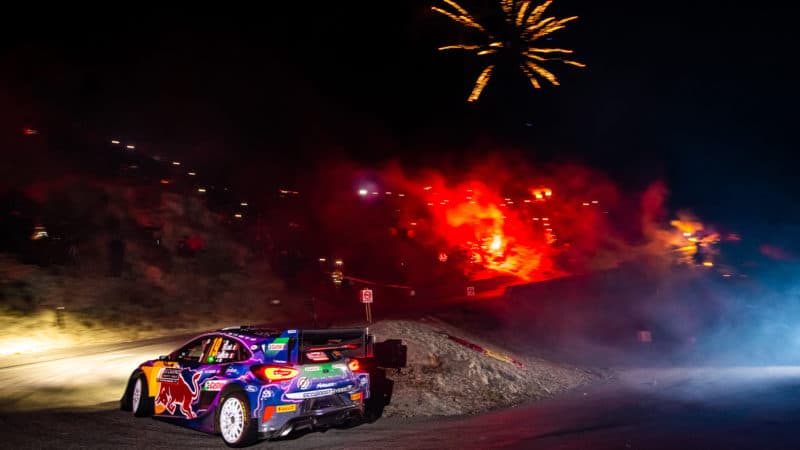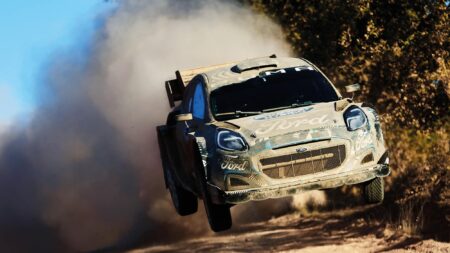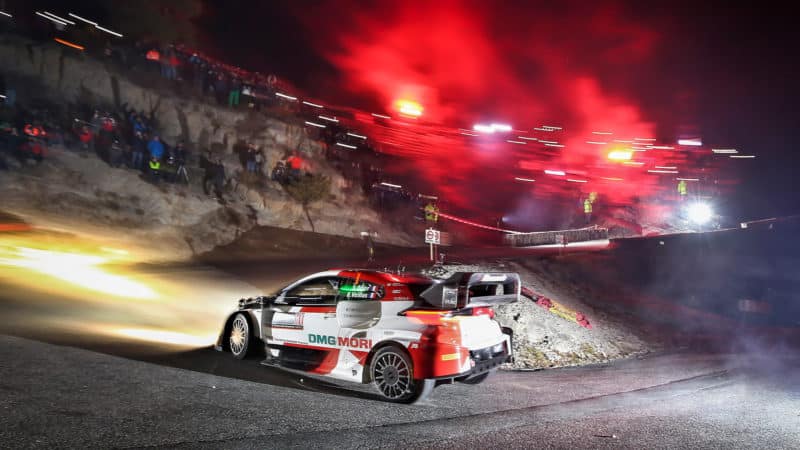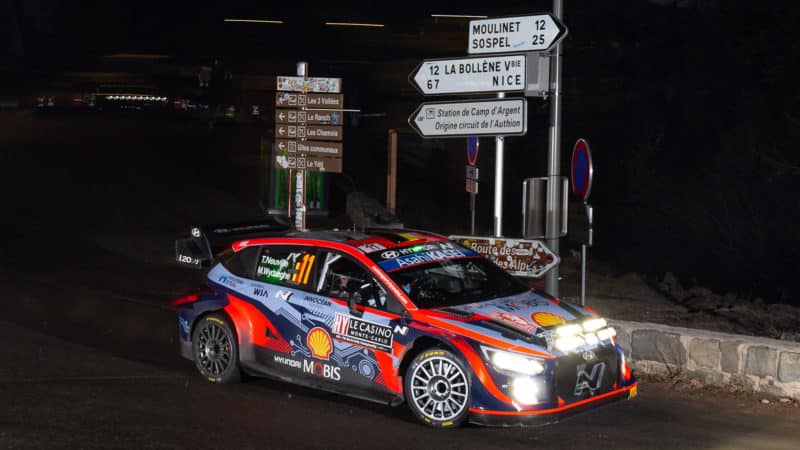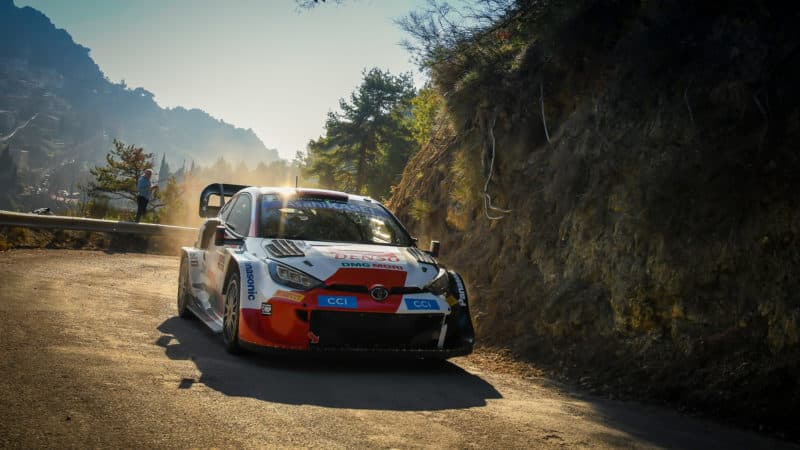M-Sport has a tried and tested approach of ensuring the performance of its cars is as accessible as possible even with extra power on tap, the opinions of its drivers showed this was still the case. Returning to the WRC full time, Craig Breen exclaimed at the end of the opening stage. “Amazing! Everybody that’s been involved in this – you’ve done an amazing job!” His sentiment was backed up by teammate Gus Greensmith, confident that M-Sport effectively sacrificing 2021 development to concentrate on the new car was worthwhile. “We’ve been waiting two years for this car! I did the run on shakedown today and I said to Jonas, I absolutely love this car.”
Even Loeb, fresh off the Dakar and more used to 600bhp rallycross machines of late, was impressed with his Puma, “It feels really good – a lot of power and the feeling with this car is great.” Tellingly, the team’s normally coy technical director, Chris Williams, was upbeat and seemed confident that it had a car which could take the battle to Toyota.
As the rally rolled into its second day (literally in the case of M-Sport’s Adrien Fourmaux and Alexandre Coria, who had a terminal excursion down a cliff on SS3), it was increasingly clear that M-Sport and Toyota had got it right while Hyundai had dropped the ball. Veteran Loeb was nipping at Ogier’s heels as both tackled the frost-laden early morning hairpins, and took the lead after Stage 5. Though there were glimpses of pace from Hyundai, Tanak pulling some time back, it clearly wasn’t in the same league.
That this is the case shouldn’t be surprising. Internal turmoil with the departure of team principal Andrea Adamo and what was acknowledged as a delayed development schedule, were always going to take their toll on the Alzenau team. Its problems appear far more fundamental than simply not finding the right setup. A candid Neuville admitting at the end of SS3. “It’s a nightmare. I have never been so scared while driving. There’s a lot of work left.”
